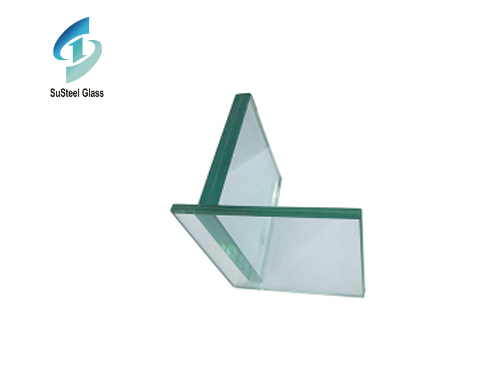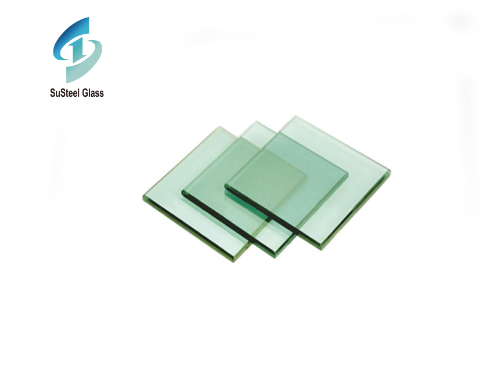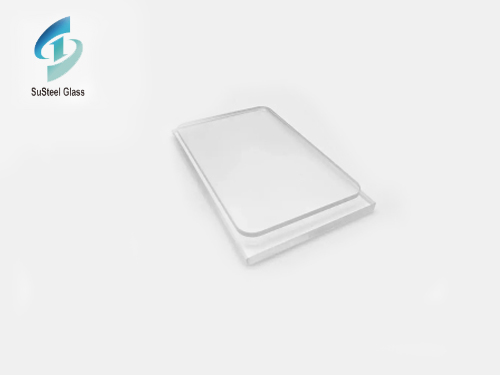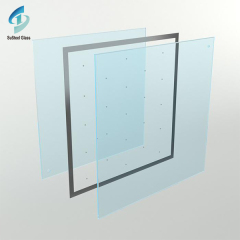
When it comes to architectural design and interior decor, the choice of materials plays a vital role in creating a visually captivating and functional space. With its unique aesthetic appeal and versatile applications, blue tinted glass continues to leave a lasting impression on contemporary design. We delve into the allure of blue tinted glass, exploring its origins, characteristics, and various applications.
Blue tinted glass finds its roots in ancient civilizations, where craftsmans discovered the enchanting beauty of glass infused with metallic oxides. The addition of cobalt oxide to the glass mixture resulted in a mesmerizing blue hue, transforming the material into an exquisite form of artistic expression. The distinctive blue tint, ranging from light azure to deep sapphire, adds an ethereal quality to the glass, evoking a sense of tranquility and serenity.
The aesthetic appeal of blue tinted glass lies in its ability to manipulate light. When light passes through the glass, it absorbs certain wavelengths, lending a cool, calming ambiance to the space. The soothing blue tones create a relaxing atmosphere, making it an excellent choice for spaces where tranquility is desired, such as spas, wellness centers, and bedrooms. The translucent nature of the glass allows for the diffusion of light, casting a gentle glow that accentuates the surrounding environment.
Blue tinted glass finds applications across various architectural and design domains. In commercial buildings, blue tinted glass facades lend a contemporary and striking appearance, harmonizing with modern aesthetics while reducing the transmission of heat and harmful UV rays. The glass's reflective properties can create a stunning interplay with natural light, enhancing the building's visual impact.
In residential spaces, blue tinted glass takes center stage in the form of windows, doors, and partitions. The glass's ability to create privacy while still allowing light to permeate through makes it an ideal choice for bathrooms and office spaces. Additionally, incorporating blue tinted glass as decorative elements, such as tabletops or lighting fixtures, infuses a touch of sophistication and elegance into any interior.
Blue tinted glass has also become a canvas for artists and designers to showcase their creativity. The interplay of light and color within the glass serves as inspiration for contemporary art installations and sculptures. These captivating pieces transform ordinary spaces into extraordinary visual experiences, captivating viewers with their ethereal allure.
As the field of architecture and design continues to evolve, blue tinted glass maintains its relevance and allure. Advancements in glass manufacturing techniques offer architects and designers the freedom to experiment with new shapes, textures, and sizes. From large-scale installations to intricate details, blue tinted glass allows for endless possibilities in creating visually stunning and immersive environments.
 Unveiling the Strength and Versatility of Laminated Glass: Exploring Material Properties
Unveiling the Strength and Versatility of Laminated Glass: Exploring Material Properties
 Enhancing Safety with Blast Resistant Glass: Innovations, Applications, and Protective Solutions
Enhancing Safety with Blast Resistant Glass: Innovations, Applications, and Protective Solutions
 Painted glass has emerged as a captivating medium for interior design
Painted glass has emerged as a captivating medium for interior design
 The Beauty and Utility of Thin Glass Sheets: Applications and Advantages
The Beauty and Utility of Thin Glass Sheets: Applications and Advantages

